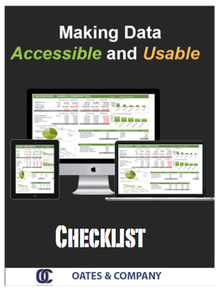If your fixed assets aren’t recorded, monitored, and disposed of properly, fixed asset accounting can be an inefficient process. Not keeping track of serial numbers and warranty information on those fixed assets can cause many problems when it’s time to do the books.
Microsoft Excel and Microsoft Word are no longer the go-to software programs for fixed asset management. Many operational supervisors are locked into these antiquated methods, from paper files to notations in notebooks to Excel spreadsheets to Word documents. Those things are apt to be disorganized and crowded with data, making it difficult for decision makers to find what they need when they need it.
What’s needed instead is a modular platform – a single database – that allows transparency of real-time data to make real-time decisions, particularly when it comes to tracking outdated/warranty-expired assets.
Sage ERP X3 offers a way to integrate all your data – data from all the branches of your company – and  thereby enhances your fixed asset accounting procedures.
thereby enhances your fixed asset accounting procedures.
How does it work?
The records of all fixed assets are logged at the start of their “first use date,” including purchase date, vendor information, and any related tax issues that might affect their purchase or future sale.
In doing so, the right balance of asset disposal, singly or in bulk, can be attained; in addition, any reports can be generated from on premise or on the road through the suite’s cloud capabilities.
Sometimes fixed asset accounting needs to track assets by depreciation schedules and breaking them into specific groups and sub categories. Sage ERP X3 suite allows tracking individual assets in ‘fiscal terms’ of their depreciation, taxes, and any deductible expenses specific to the assets.
Modifications are immediately updated and made available throughout the applicable modules, thereby granting another real-time advantage when financial reports are needed.
Want to know more? Contact Oates & Company today.



